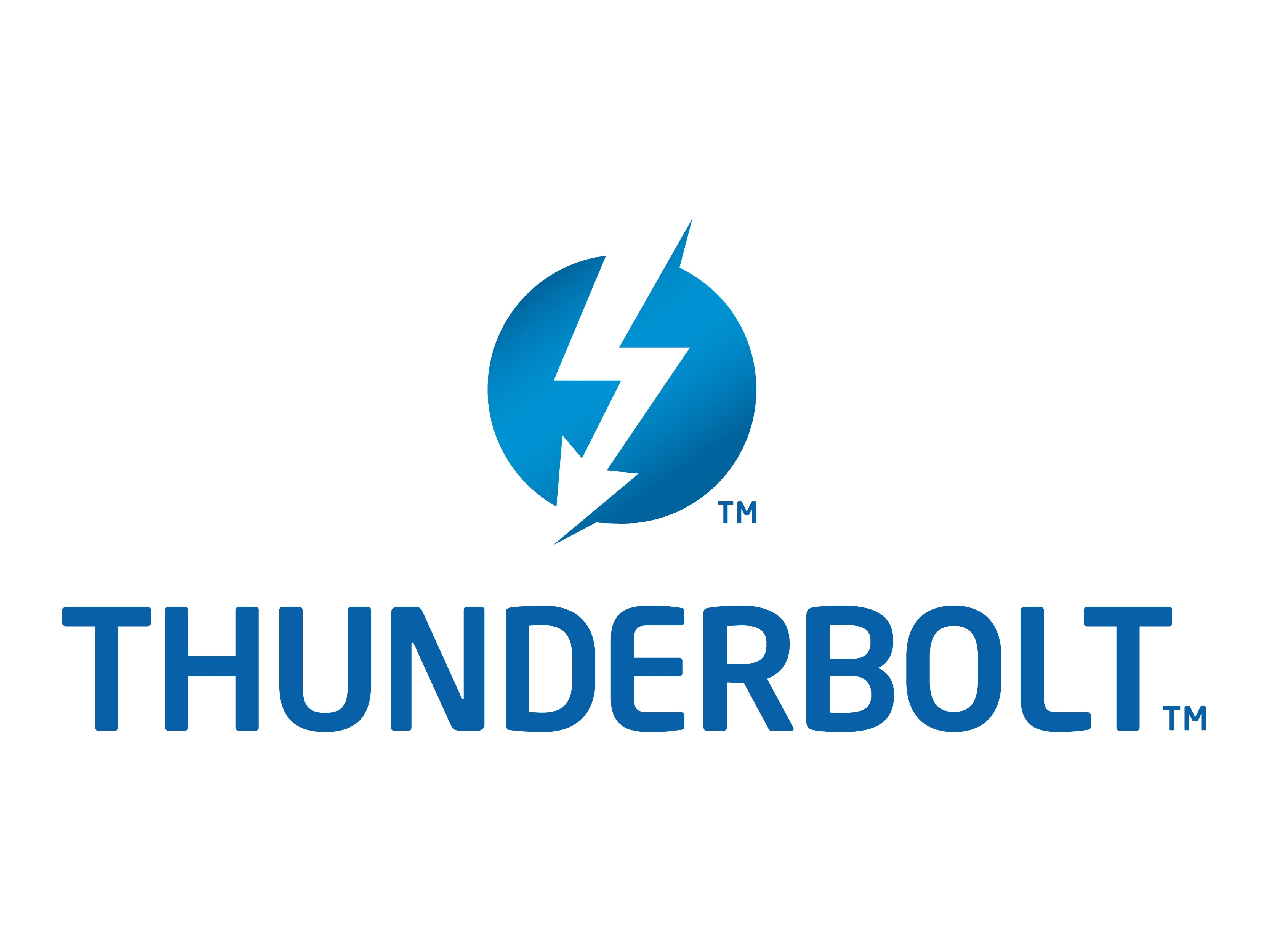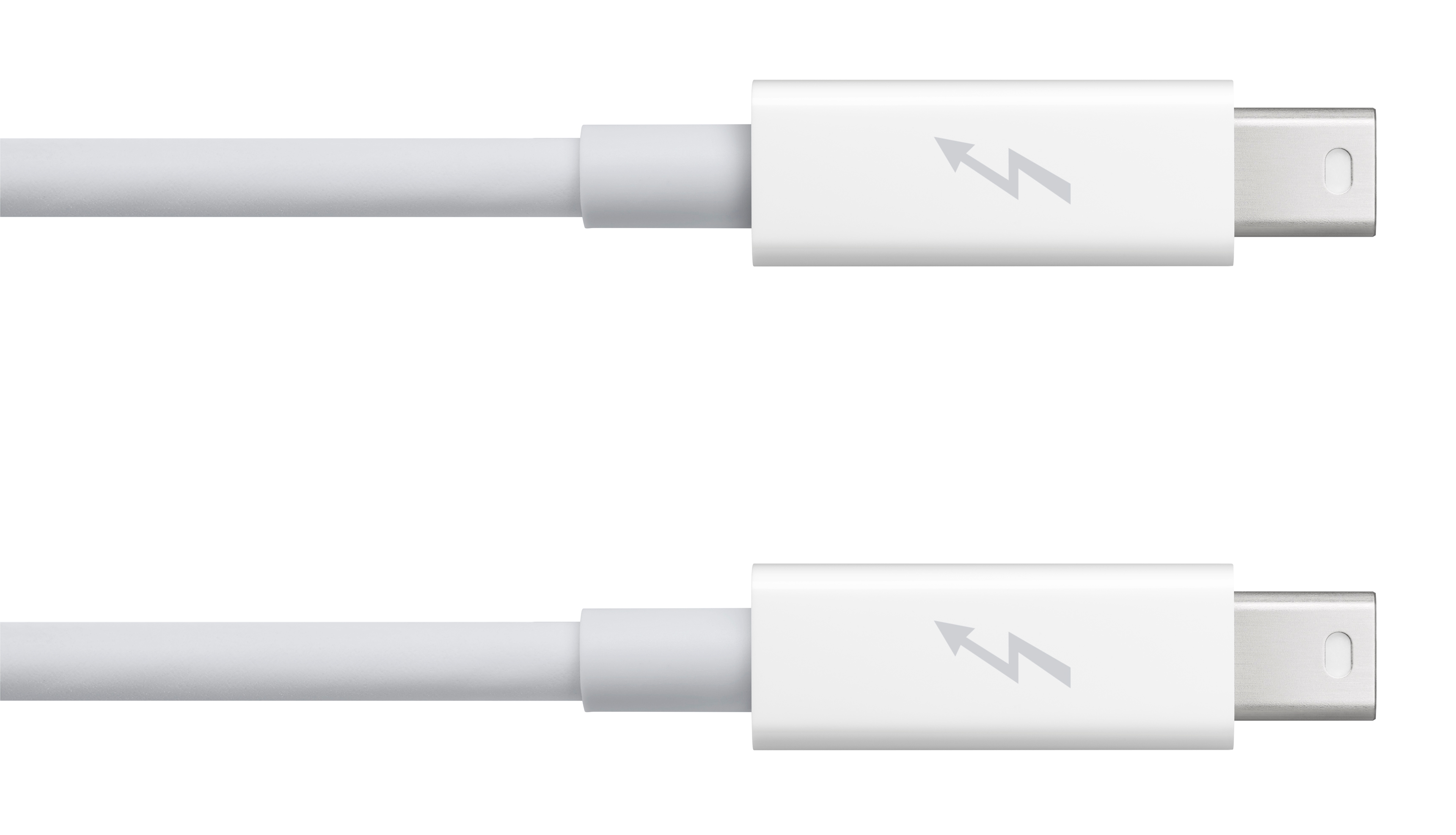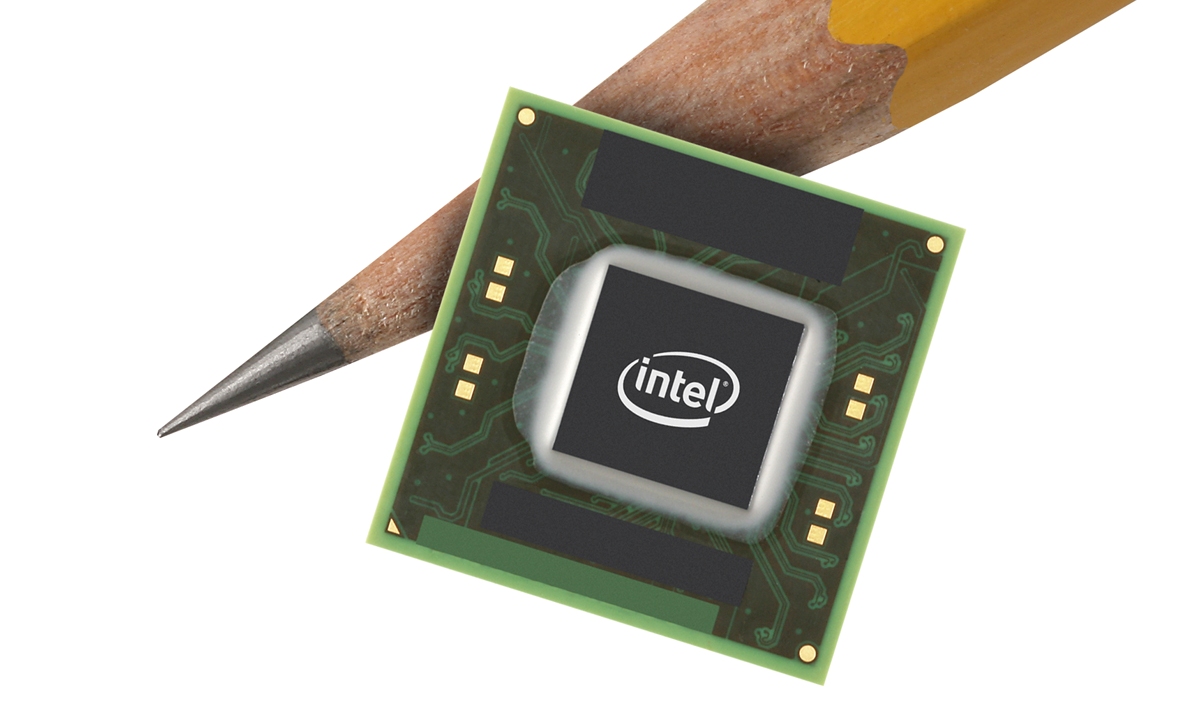Intel Thunderbolt: what you need to know
Fast new 10 Gbps data and display standard

Apple's MacBook Air, MacBook Pro,
and
include a connectivity technology called Thunderbolt. But what is it?
The answer, is that it's actually a rebrand of Intel's long-talked of Light Peak technology – Light Peak, it appears, was a codename. Thunderbolt is a new cable interface enabling you to connect up compatible devices – and, crucially, existing devices too.
Thunderbolt also supports electrical cables as well as optical and it's this version of Thunderbolt that's in Apple's laptops.
Sign up for breaking news, reviews, opinion, top tech deals, and more.
Read: New MacBook Pro review - with retina display

As Apple says, "Thunderbolt delivers PCI Express directly to external high performance peripherals such as RAID arrays, and can support FireWire and USB consumer devices and Gigabit Ethernet networks via adaptors."

The tech also supports DisplayPort for HD displays and can, through more adaptors, connect up HDMI, DVI and VGA displays.
So it's a connector that can replace literally all other connectors on your PC. Wow. If you're a peripherals manufacturer, you should be making Thunderbolt adaptors for everything, right now.
So how fast is it? There's massive bandwidth available with Thunderbolt – up to 10 Gbps, which could grow by up to 10 times that by 2020.

Thunderbolt means you can now transfer an entire Blu-ray disc in 30 seconds or a year's worth of back-to-back MP3s in 10 minutes. And it's dual-channel, which means information can flow both ways, as you can see here:

Thunderbolt can also power bus-powered devices over the connections while Intel promises that files can have highly accurate time synchronisation too.
Intel demonstrated the technology inside a laptop nearly a year ago when it sent two HD video streams across a single Light Peak connection. You can also daisy chain devices, seemingly without performance loss – there's a video of that in action here.
Of course, Light Peak is intended as a replacement for current connectivity standards including USB and eSATA – in fact, it could be a replacement for all storage and display standards.
Suddenly the MacBook Air, with its single USB port, doesn't look so limited. Surely MacBook Air 2011 means you'll be able to connect up everything via a single port.
It clearly shows Apple also believes in Intel's new technology. Of course, that doesn't automatically mean it will be a success. Apple also put the ExpressCard into the MacBook Pro a while back and, due to the rise in wireless connectivity and USB mobile broadband, that has died a death.

However, because this looks to be such a groundbreaking technology, it surely will seep into competing laptops and netbooks before long – depending on the duration of Apple's inevitable exclusivity deal of course.
Despite the huge potential for connecting to legacy display and storage standards, Thunderbolt will also need mass adoption inside PCs for external display and storage devices to use it natively.
One thing's for sure, if Intel and Apple can force the connection to permeate through the industry, it could be have interesting consequences for USB 3 and eSATA, which are still struggling to get a foothold in the market.

Dan (Twitter, Google+) is TechRadar's Former Deputy Editor and is now in charge at our sister site T3.com. Covering all things computing, internet and mobile he's a seasoned regular at major tech shows such as CES, IFA and Mobile World Congress. Dan has also been a tech expert for many outlets including BBC Radio 4, 5Live and the World Service, The Sun and ITV News.